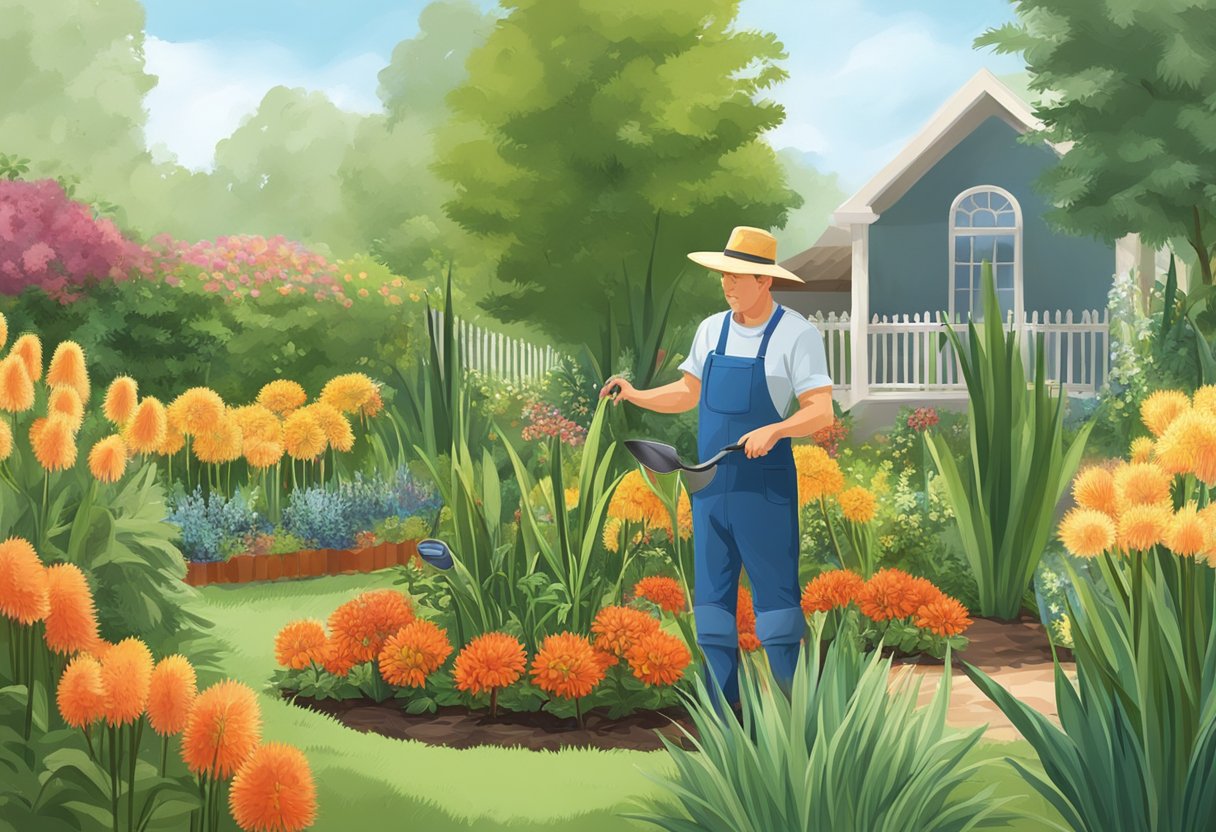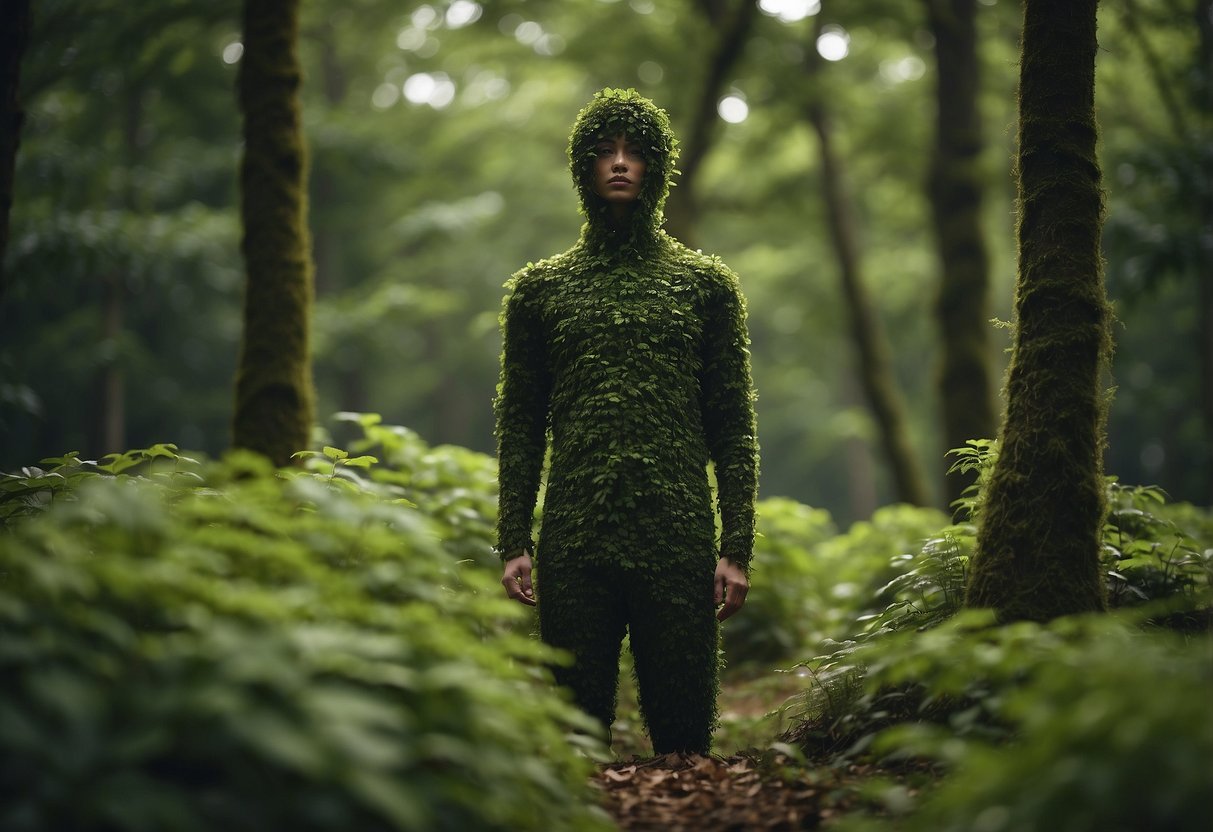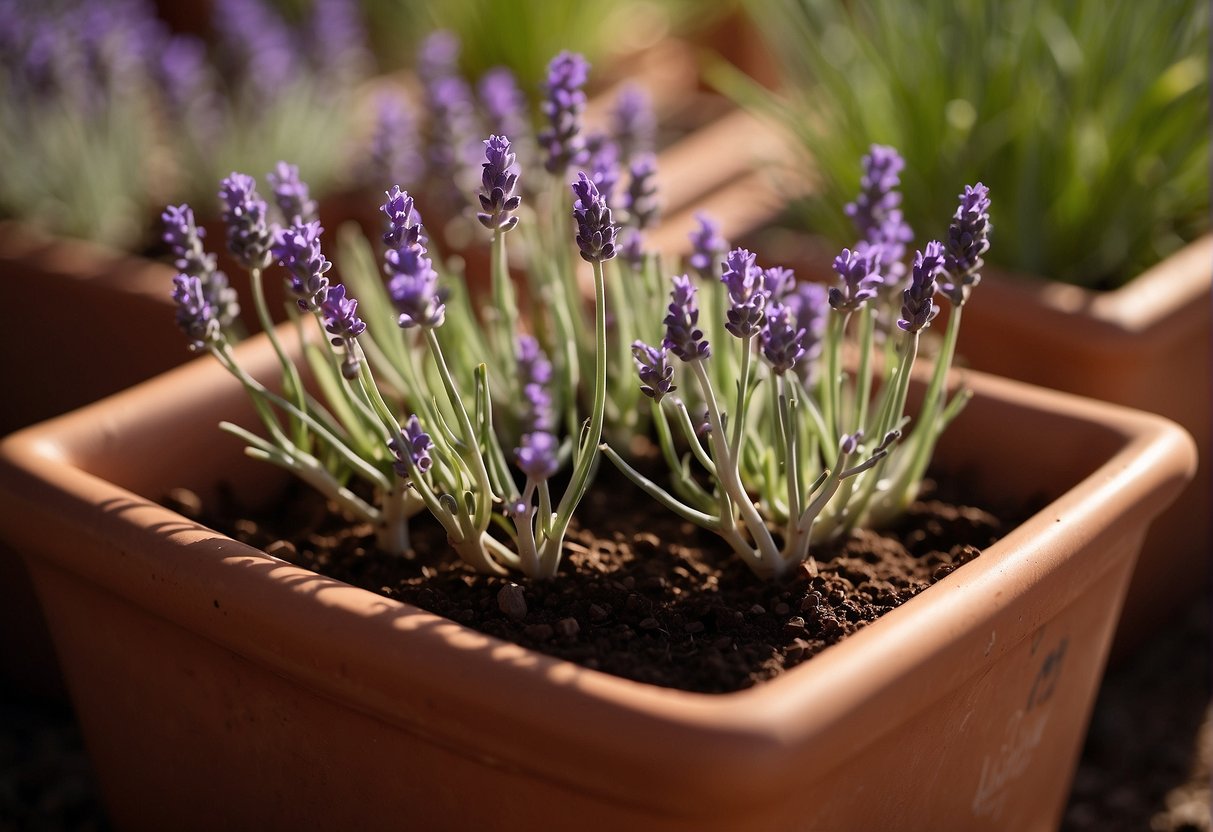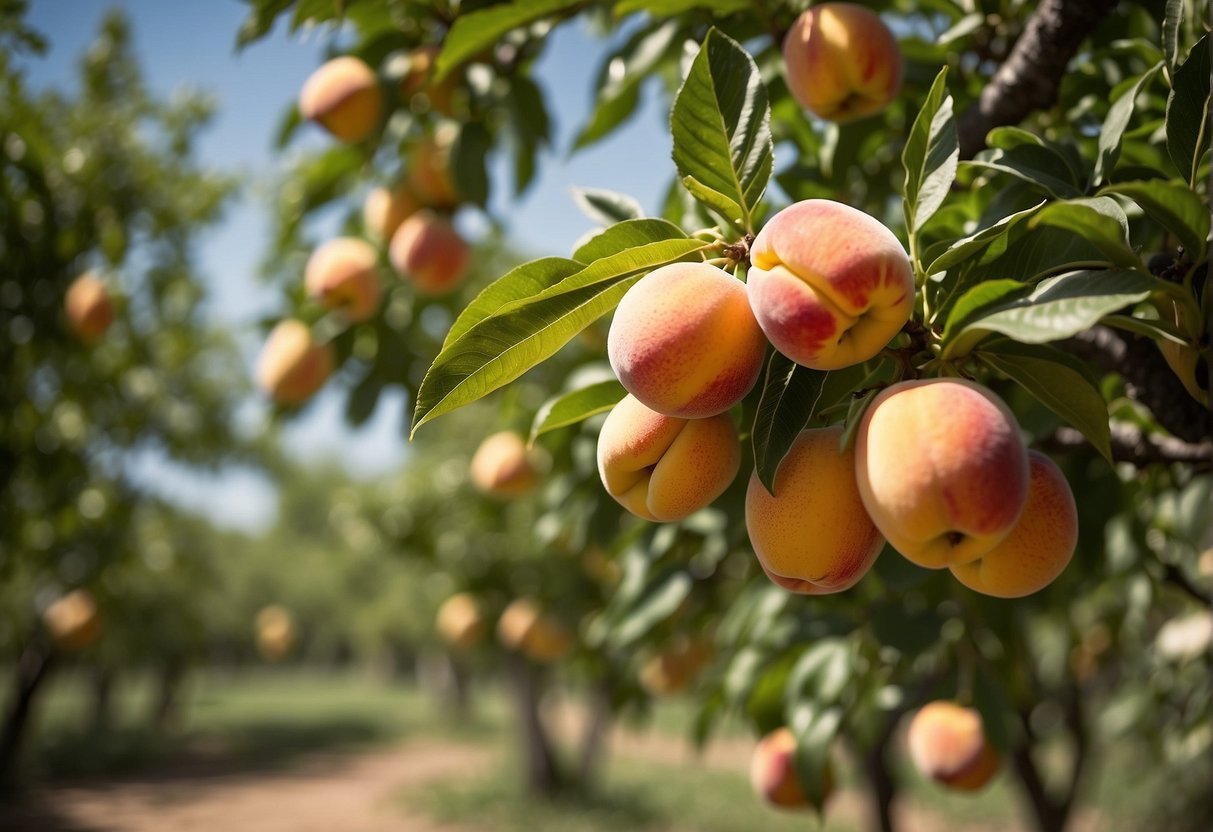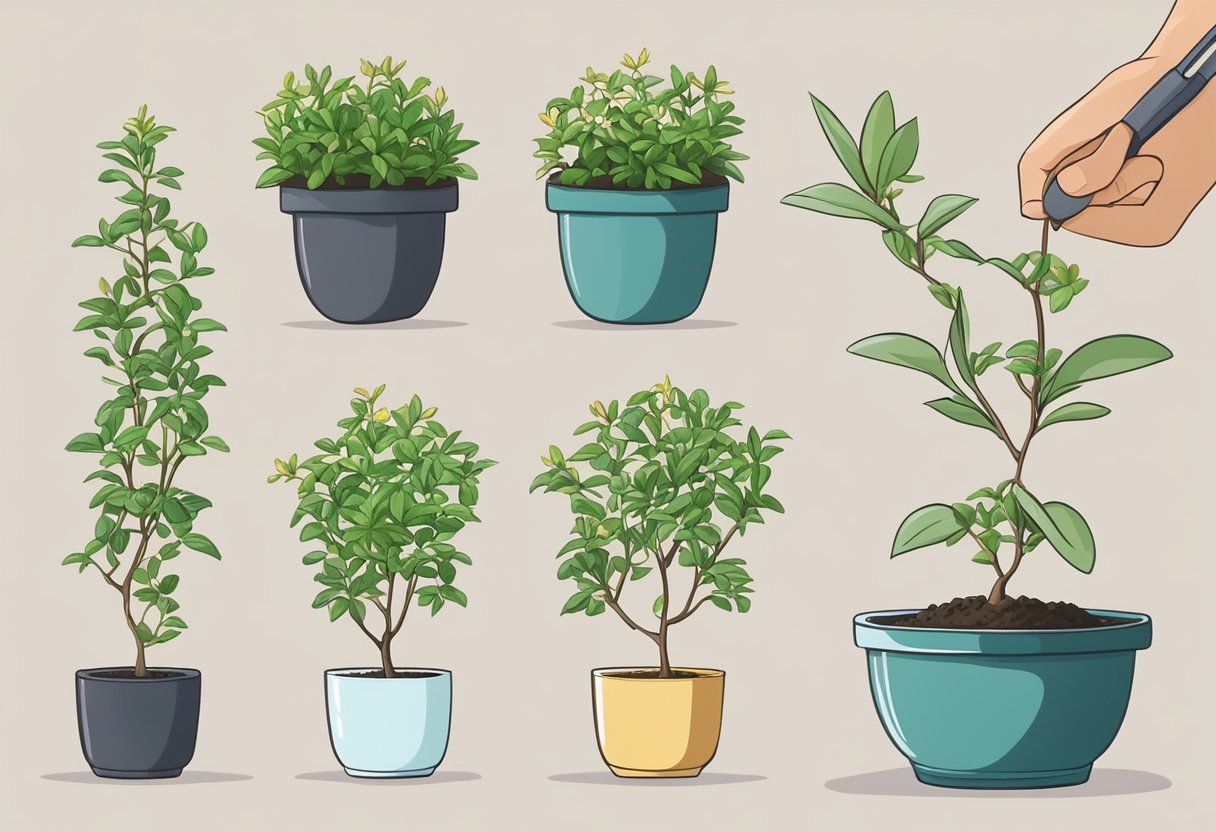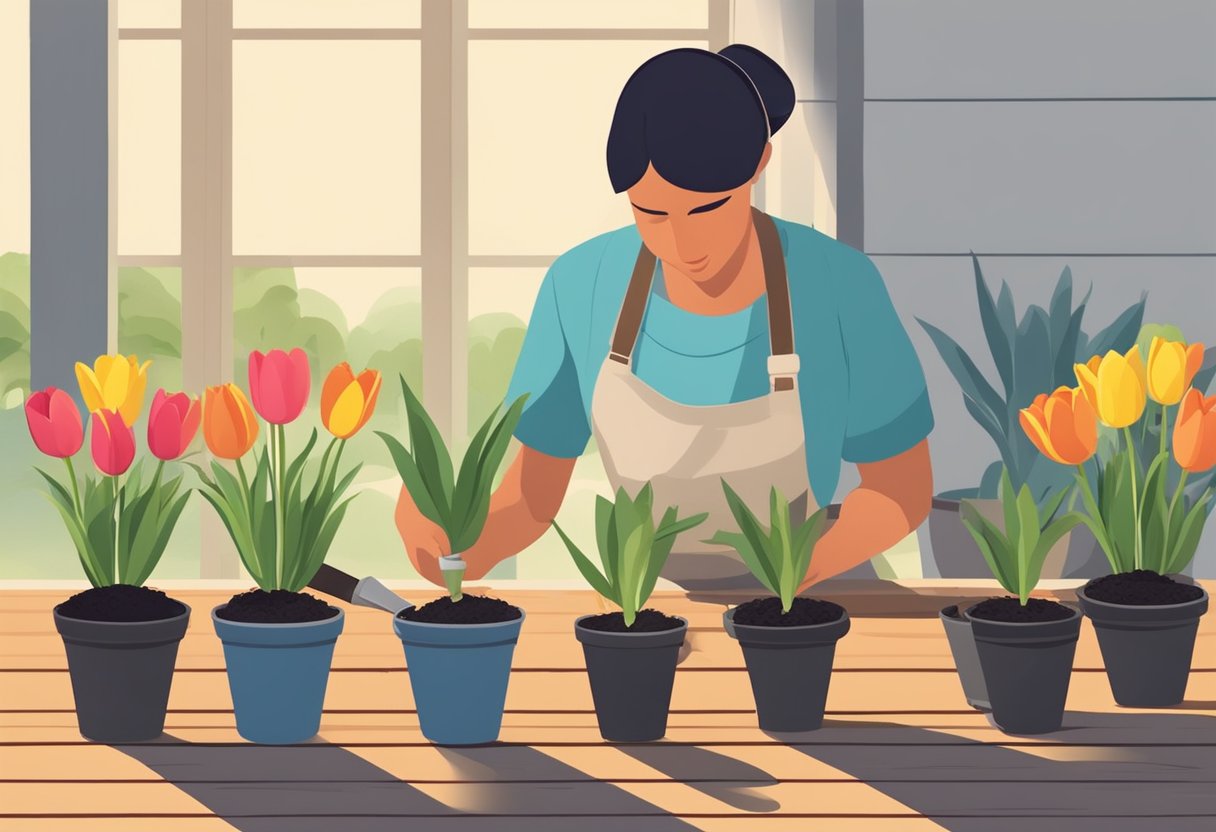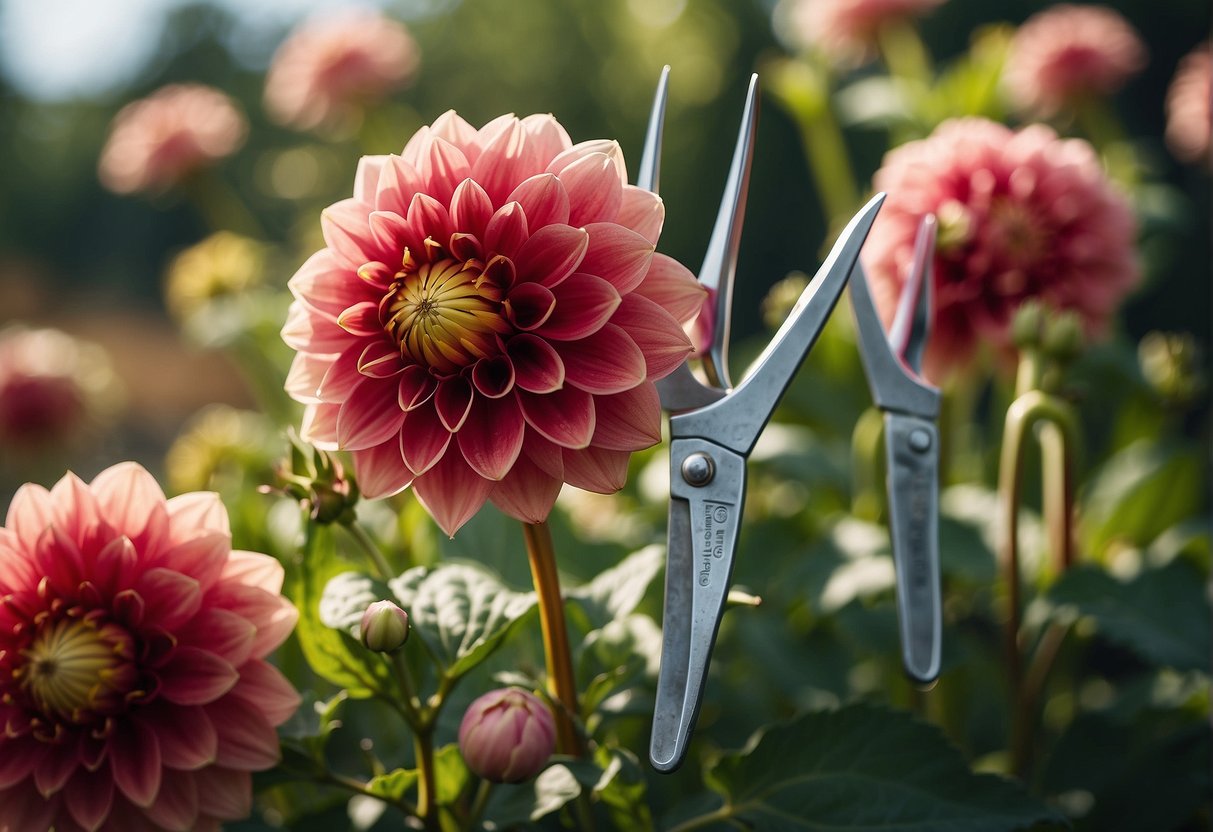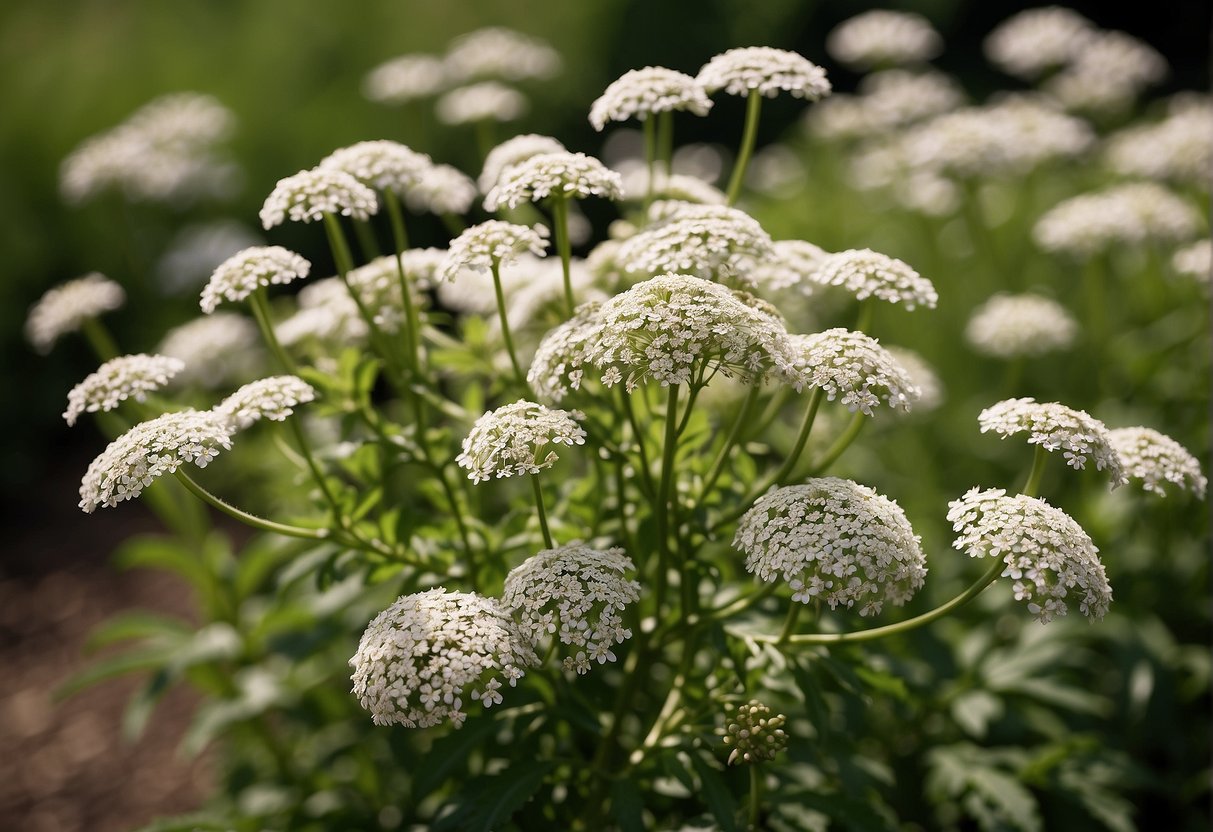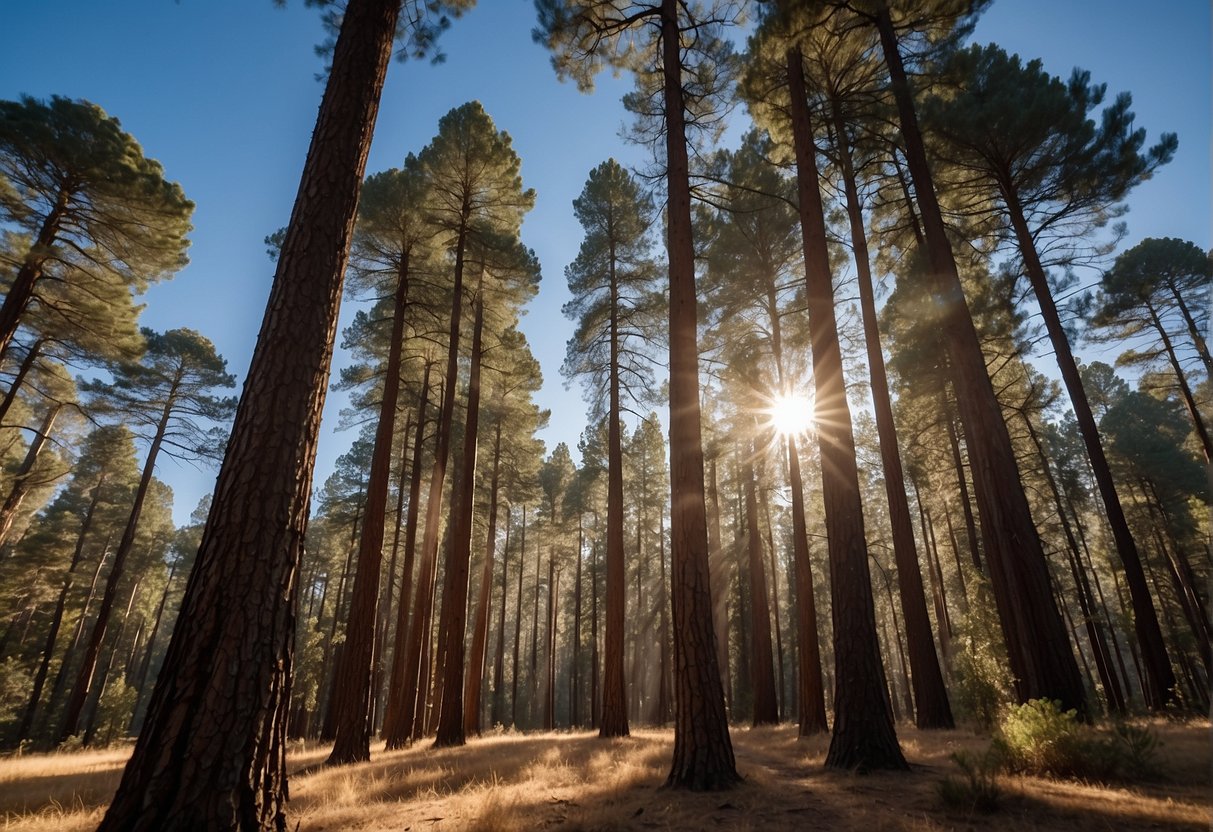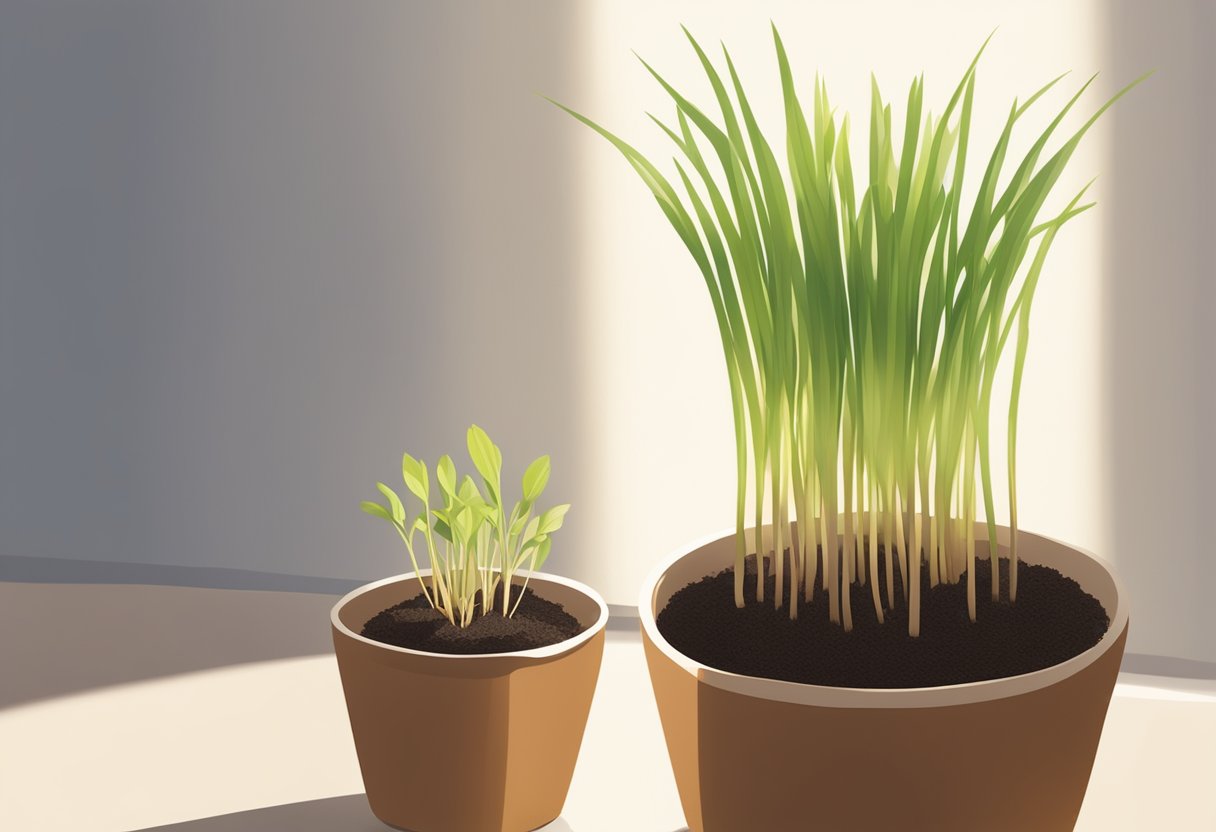Red hot poker plants, also known as Kniphofia, Torch Lily, African Flame Flower, or Asphodelaceae, are a popular choice for gardeners who are looking for
Plants have always been a source of fascination for humans. From their beauty to their medicinal properties, plants have provided us with numerous benefits. However,
Lavender is a fragrant and versatile herb that can be used for cooking, aromatherapy, and decoration. While it is commonly grown in gardens, it can
Peach trees are a popular fruit tree option for gardeners in Texas due to their delicious fruit and beautiful blossoms. However, with so many varieties
Jasmine is a popular plant known for its fragrant, delicate flowers. Propagating jasmine can be a great way to expand your garden or share the
Planting tulips in pots is a great way to add a splash of color to any outdoor space. Tulips are a popular spring flower that
Deadheading dahlias is a common practice among gardeners that involves removing spent blooms from the plant. This technique is used to encourage the plant to
Valerian, also known as Valeriana officinalis, is a perennial herb that has been used for medicinal purposes for centuries. It is commonly used to treat
Pine trees are a common sight in Southern California, and they play a significant role in the region’s ecosystem. These trees are known for their
Lemongrass is a popular herb that is commonly used in Asian cuisine for its unique flavor and aroma. It is also known for its medicinal

